Peripheral Vascular Disease
Comprehensive treatment for leg circulation problems from conservative care to advanced surgery
Circulation Restoration
Peripheral Vascular Disease affects leg arteries and is associated with similar disease in heart and brain vessels. Early treatment can prevent progression and complications.
DR LUBOMYR LEMECH
MBBS (Hons), FRACS (Vascular), DDU (Vascular)
Treatment Options:
- Non-invasive medical management
- Angioplasty and stenting
- Bypass surgery
- Endarterectomy procedures
Understanding Peripheral Vascular Disease
Peripheral Vascular Disease is the result of narrowing that forms within arteries, the blood vessels that carry blood away from the heart. The plaques that cause the narrowing consist of cholesterol that is deposited in the wall of the blood vessel.
Peripheral Vascular Disease is associated with similar disease in the blood vessels of the heart and brain, which can cause heart attacks and strokes.
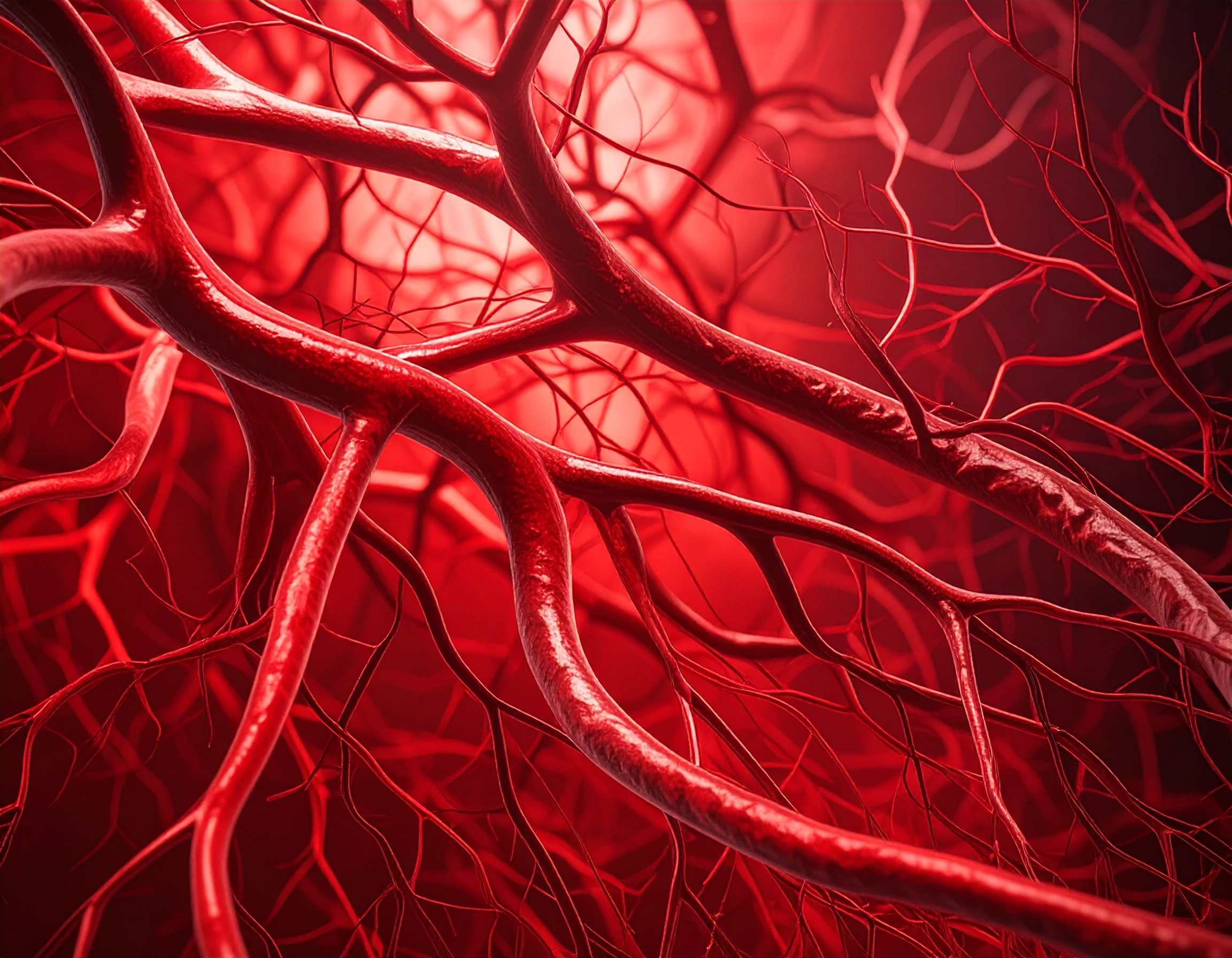
Peripheral Arterial System
Risk Factors
There are many risk factors for Peripheral Vascular Disease, which include
Age
Risk increases significantly with advancing age
Gender
Men and postmenopausal women at higher risk
Smoking
Single most important modifiable risk factor
High Blood Pressure
Hypertension accelerates arterial damage
High Cholesterol
Elevated cholesterol promotes plaque formation
Diabetes Mellitus
Diabetes significantly accelerates atherosclerosis
Obesity
Excess weight contributes to multiple risk factors
Symptoms
Symptoms progress from none to severe as the disease advances
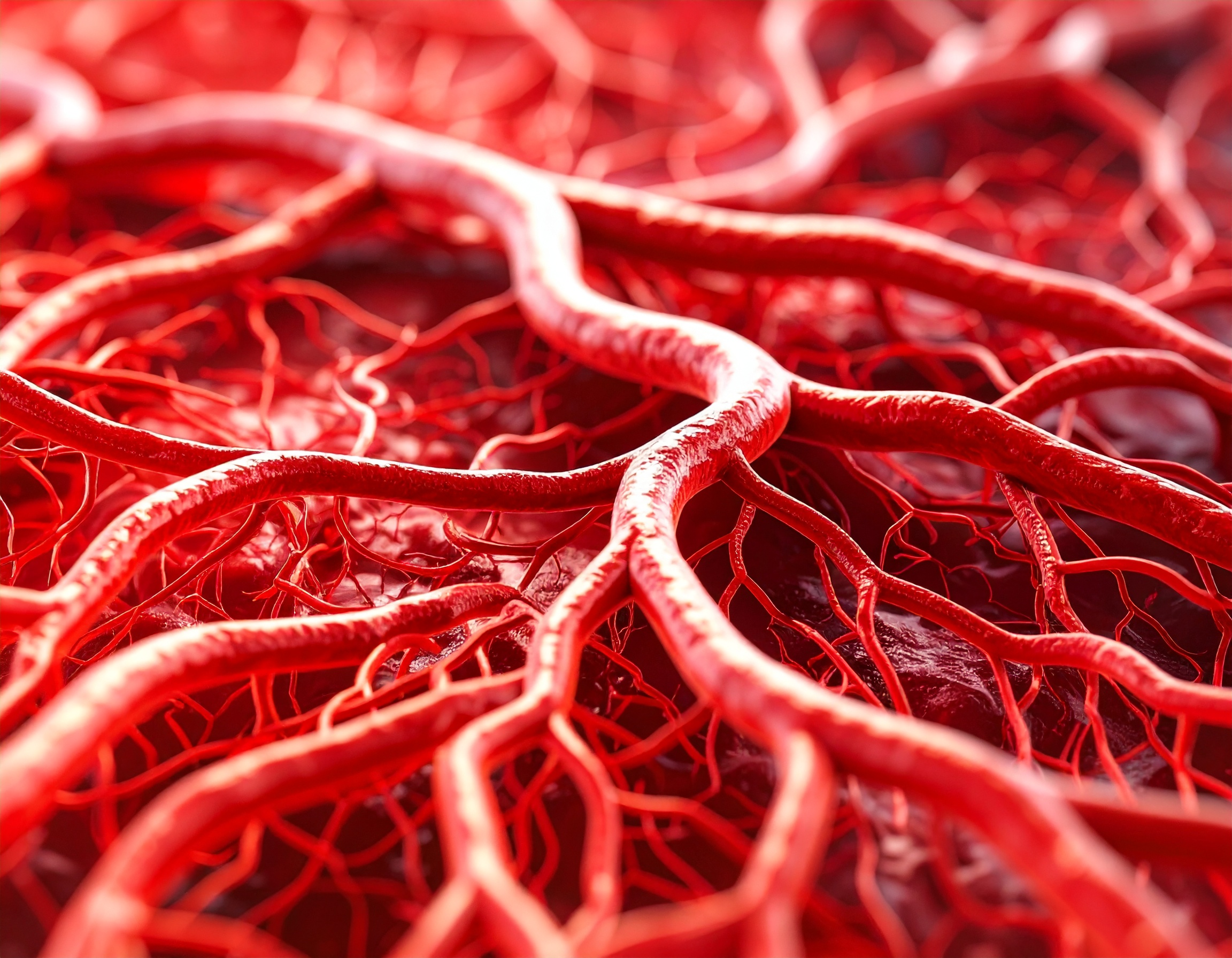
Early Stage
Peripheral Vascular Disease may be completely asymptomatic, but can be detected with tests.
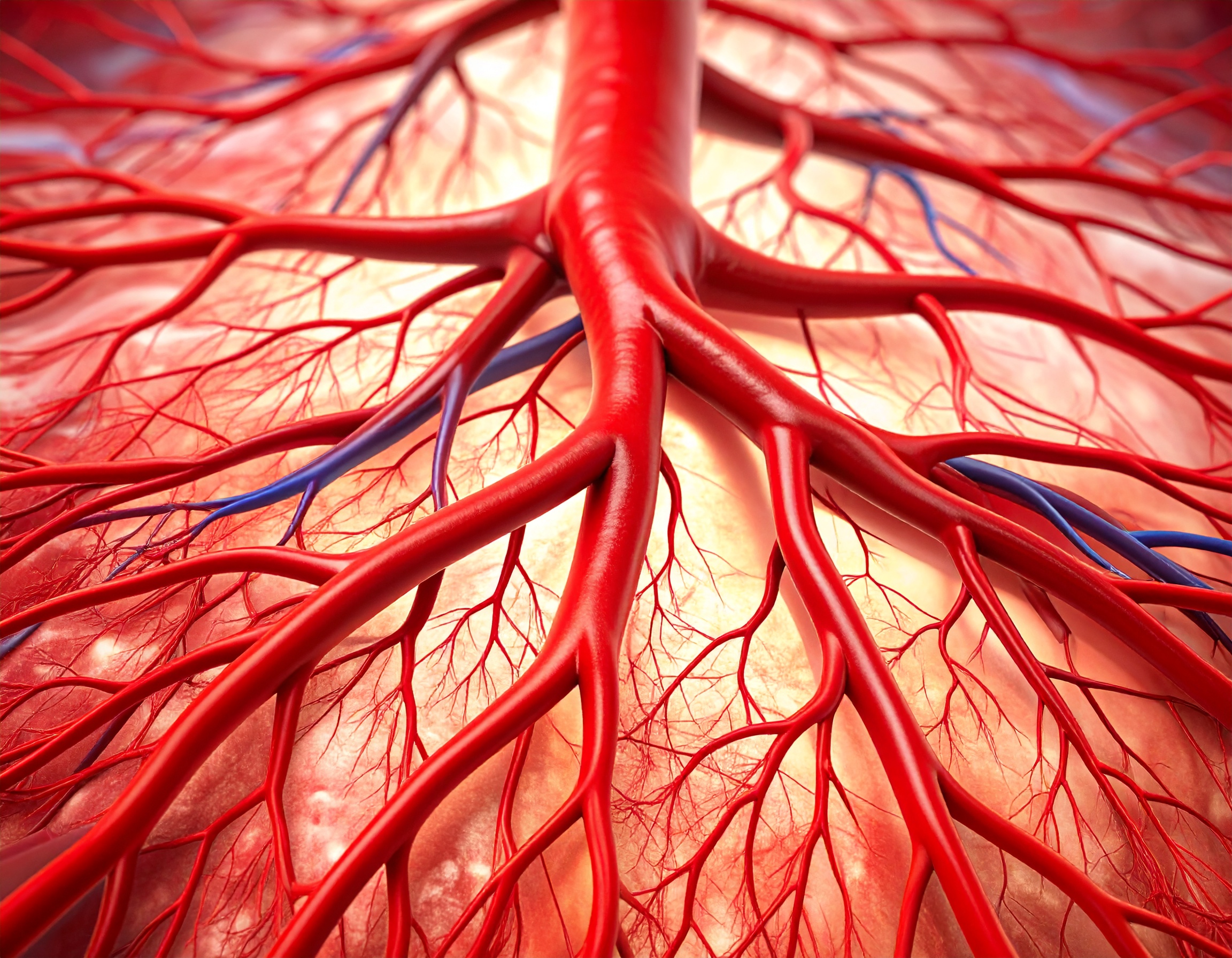
Intermittent Claudication
As the disease progresses, it may cause pain when exercising.
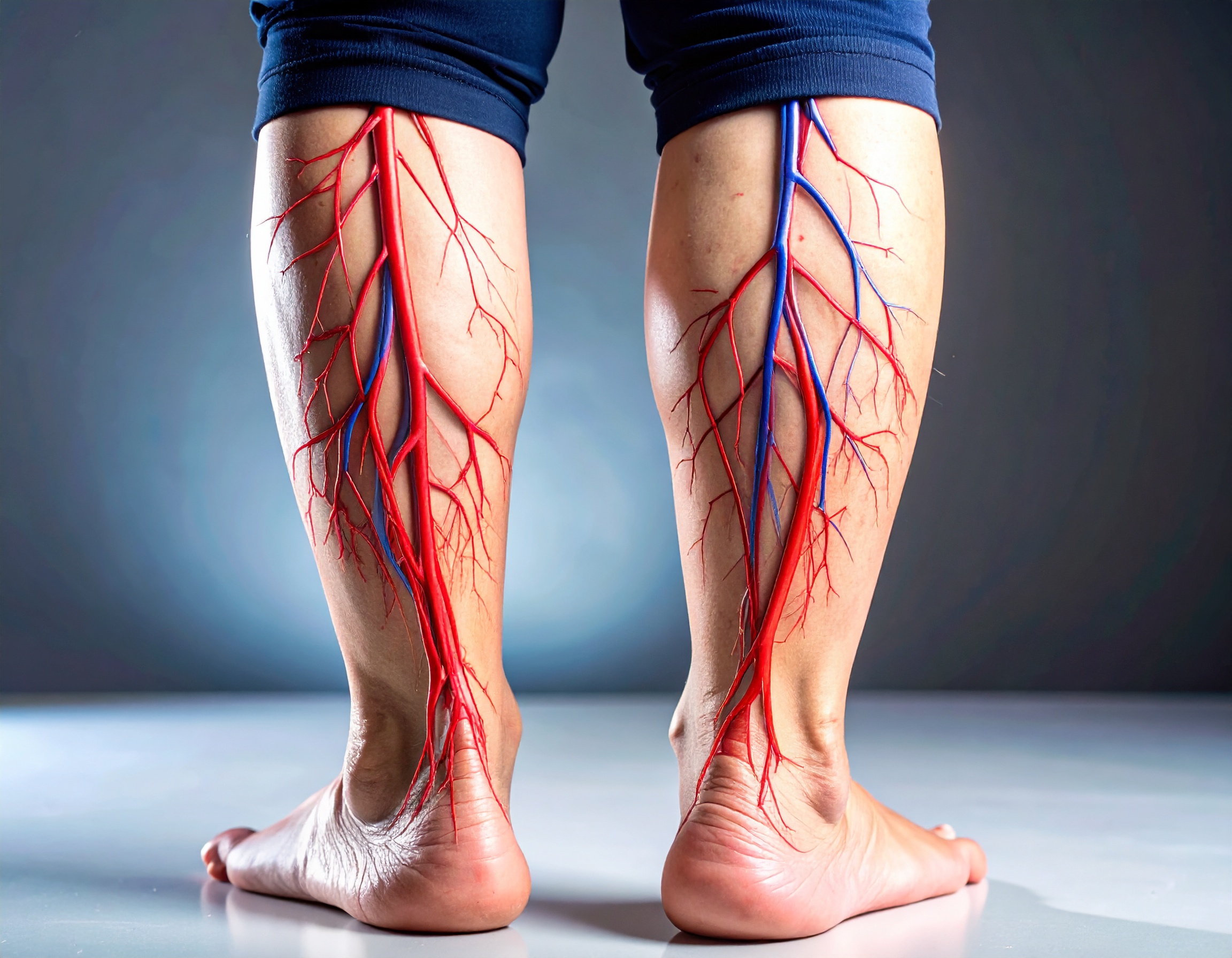
Severe Disease
As the disease progresses further the symptoms become more severe:
Investigations
In order to diagnose, monitor or treat your peripheral vascular disease, you may require one or more of the following tests
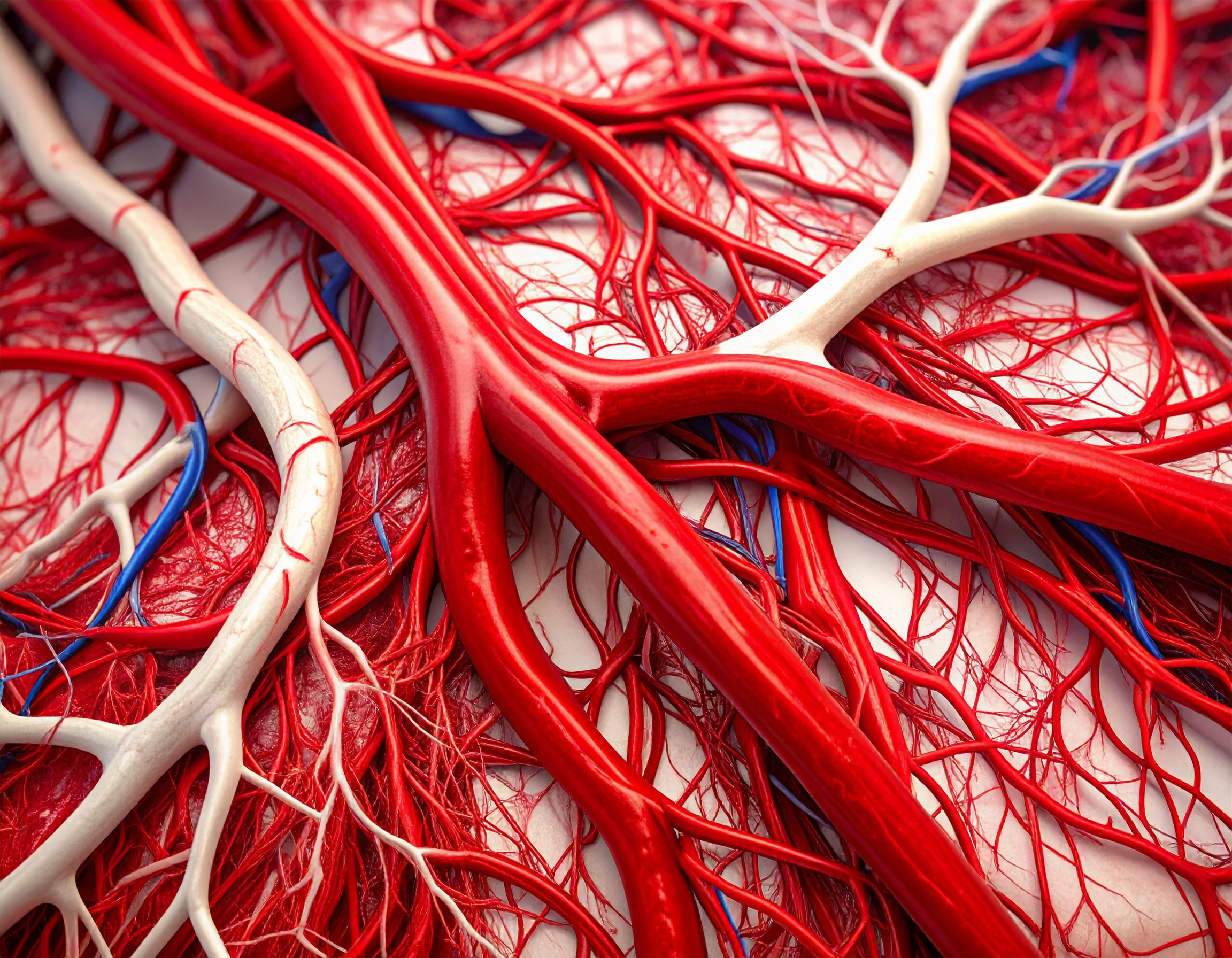
Ankle-Brachial Index
Simple blood pressure comparison test
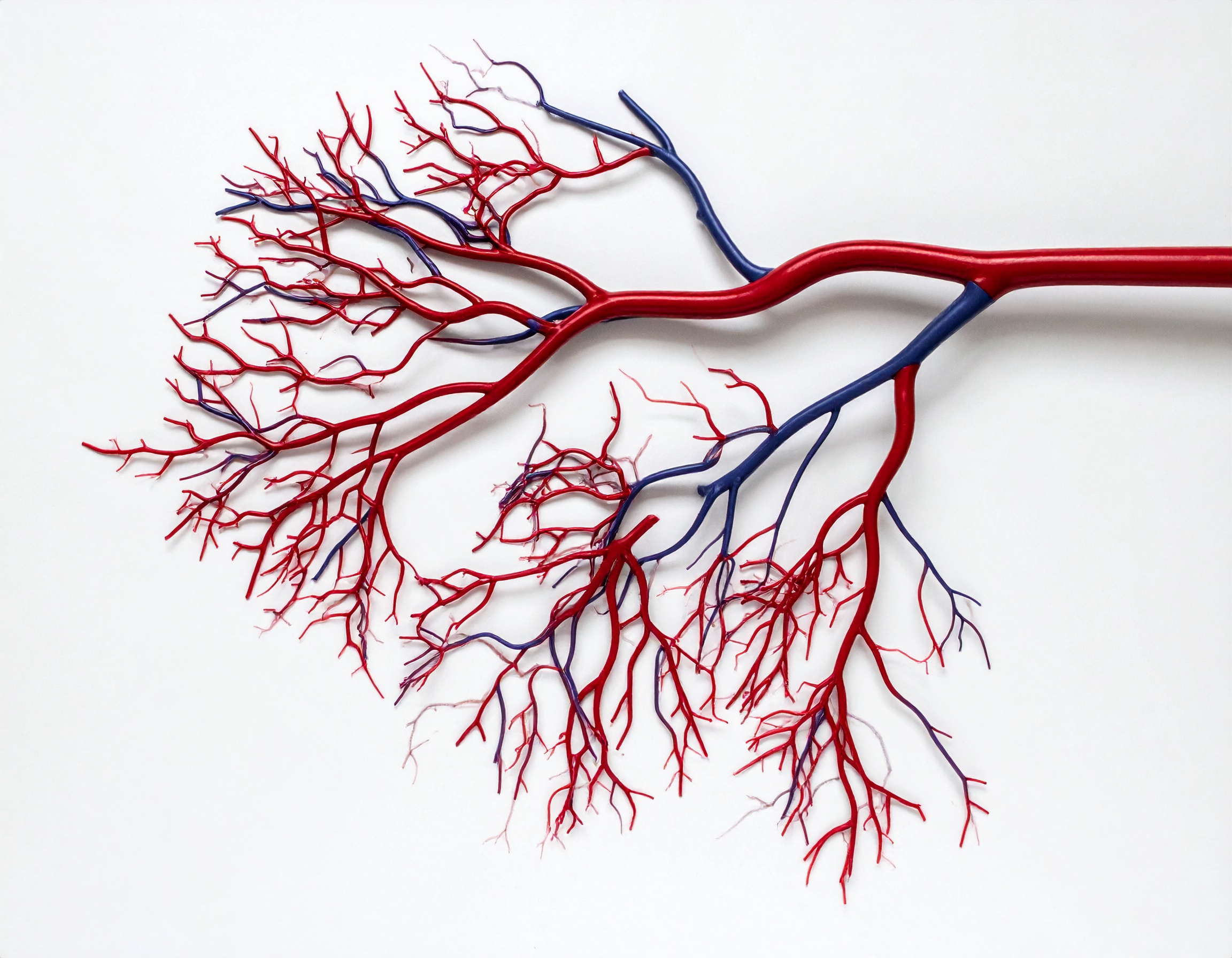
Exercise Test
Treadmill assessment of walking capacity
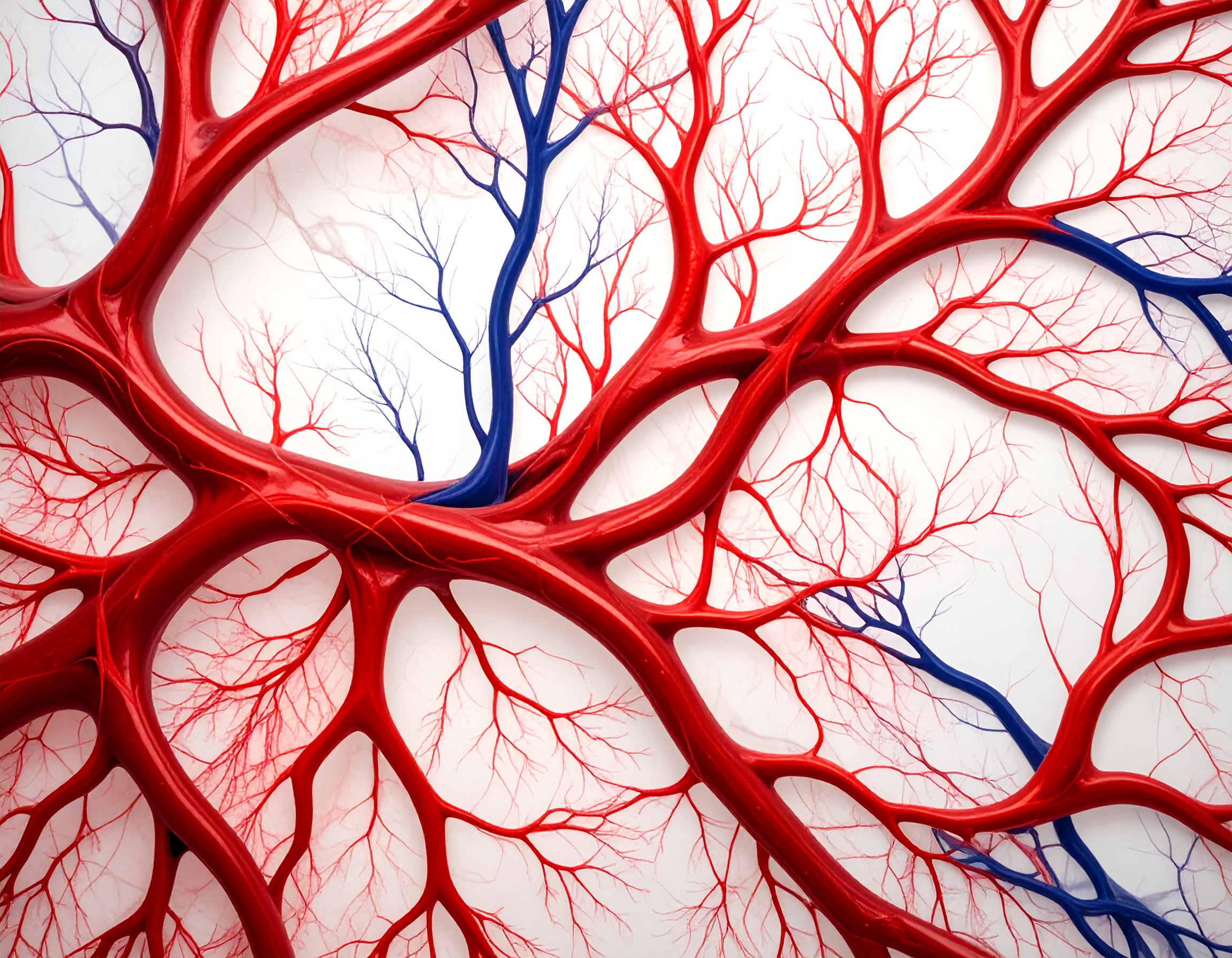
Duplex Ultrasound
Non-invasive imaging of leg arteries
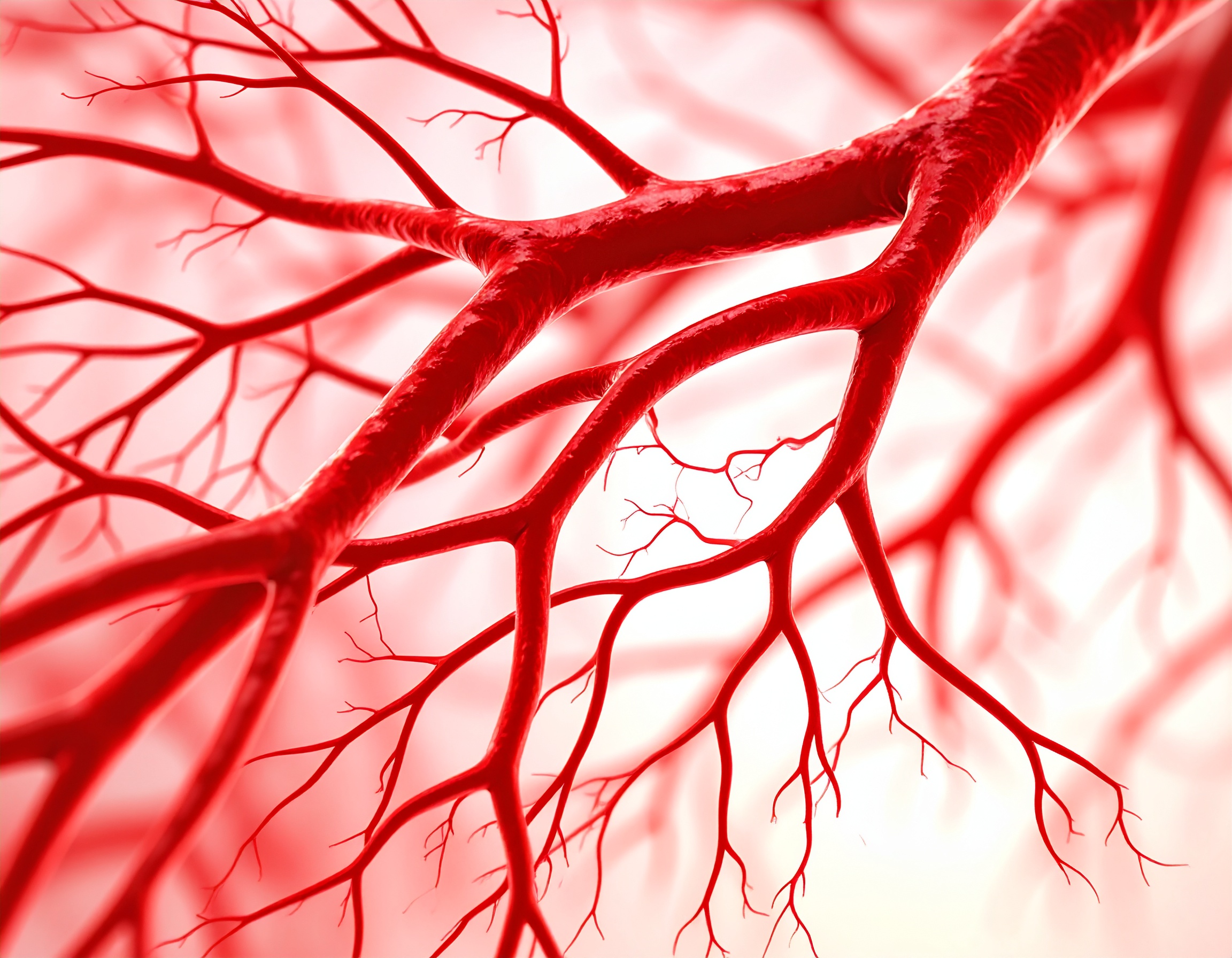
CT Angiogram
Detailed 3D imaging of leg vessels
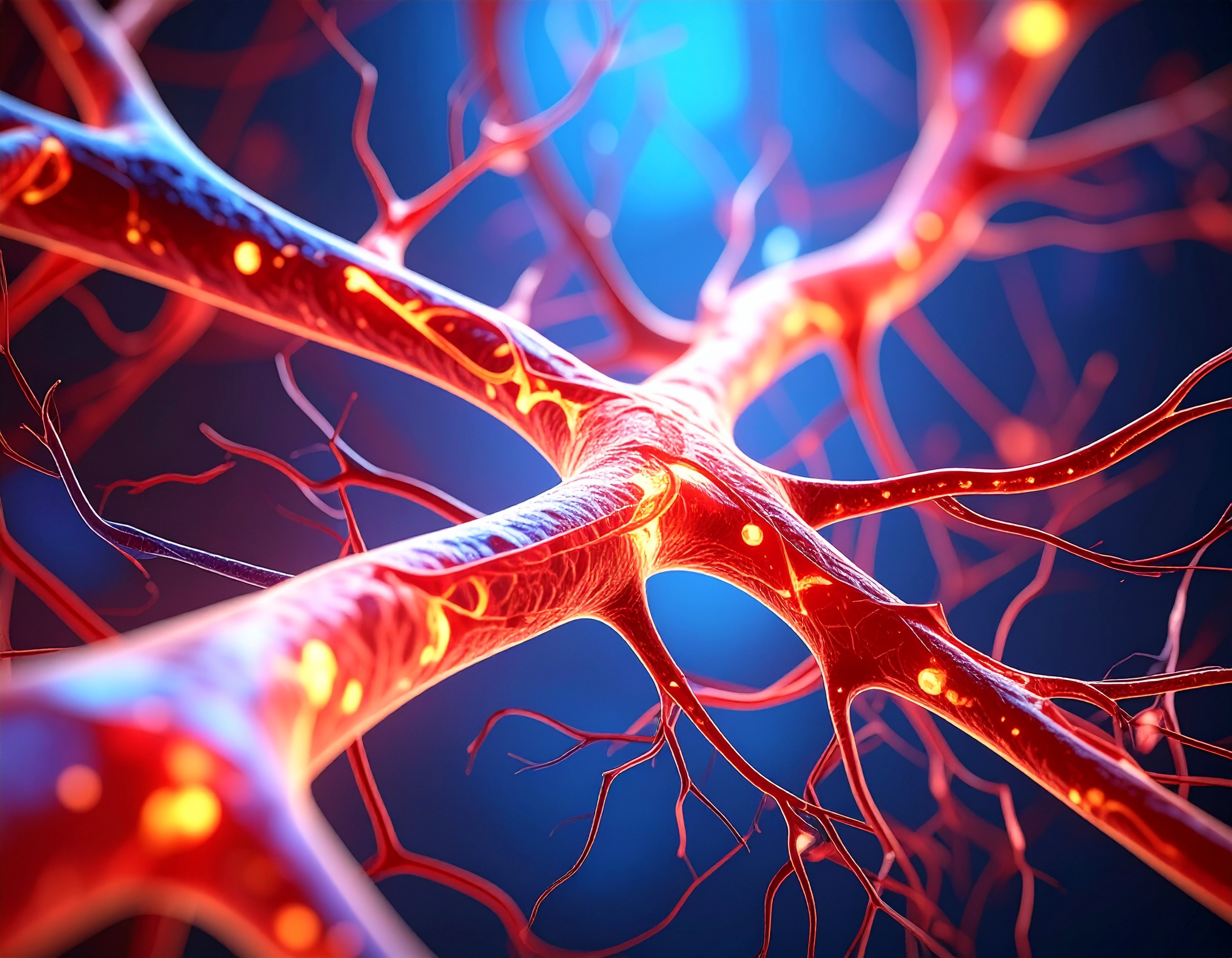
Catheter Angiogram
Gold standard arterial imaging
Treatment Options
Individualized Treatment Planning
The optimal treatment for you will depend on the severity of your symptoms, the extent and distribution of your peripheral vascular disease, and the nature and severity of other medical conditions you may have.
Non-invasive Treatment
Regular Exercise
Walking or cycling, optimally for 30 minutes daily
Stop Smoking
Most important lifestyle modification for PAD
Medical Control
Control of blood pressure, cholesterol and diabetes
Foot Care
Good foot and skin care to prevent complications
Endovascular Treatment - Angioplasty and Stenting
Some narrowings or blockages in the arteries can be treated by opening the narrowing with a balloon and placing a metal tube called a stent within the narrowing.
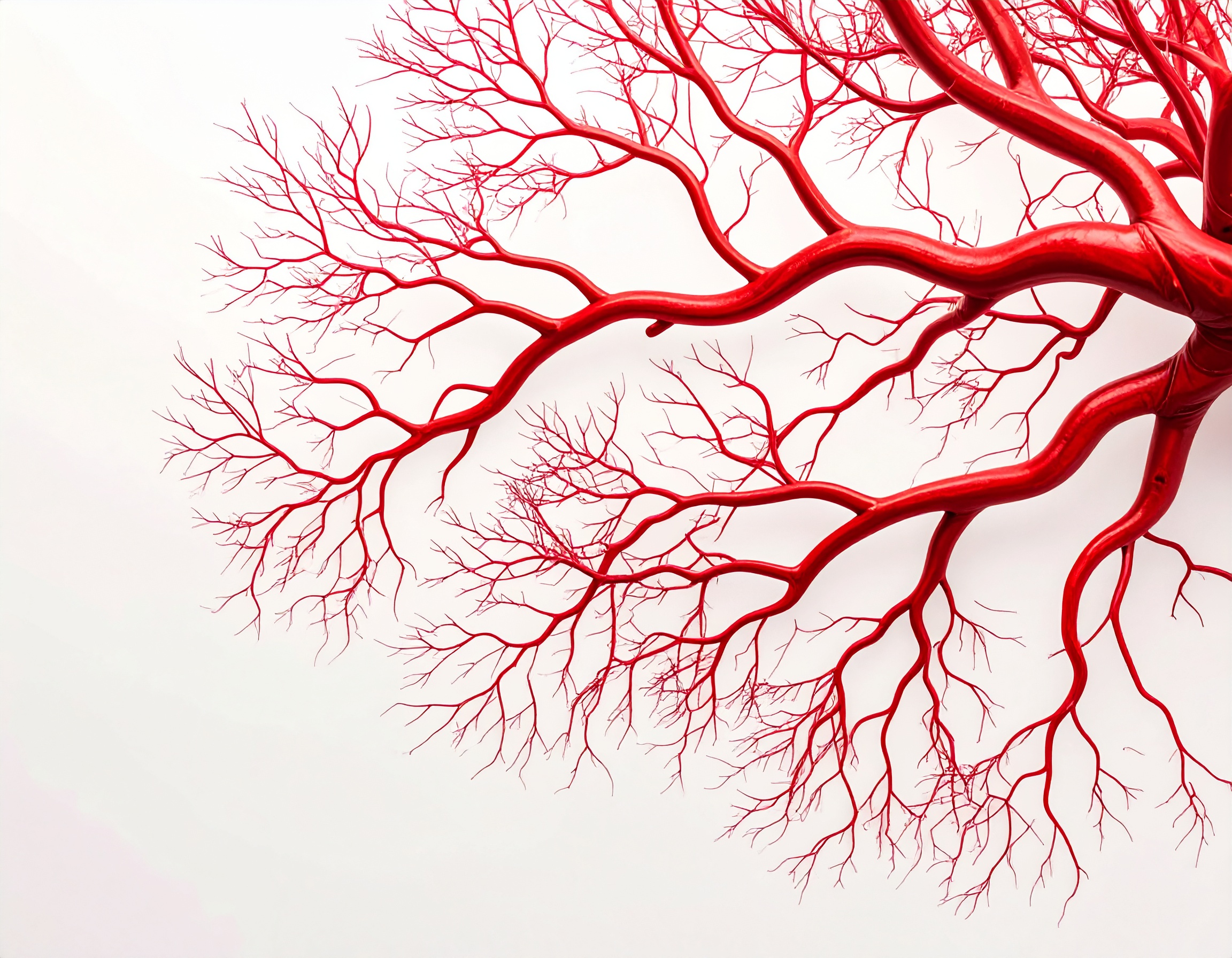
Vascular Surgery
Extensive blockages or blockages that come back after previous treatment may require an operation to be successfully treated. Operations that can be performed include:
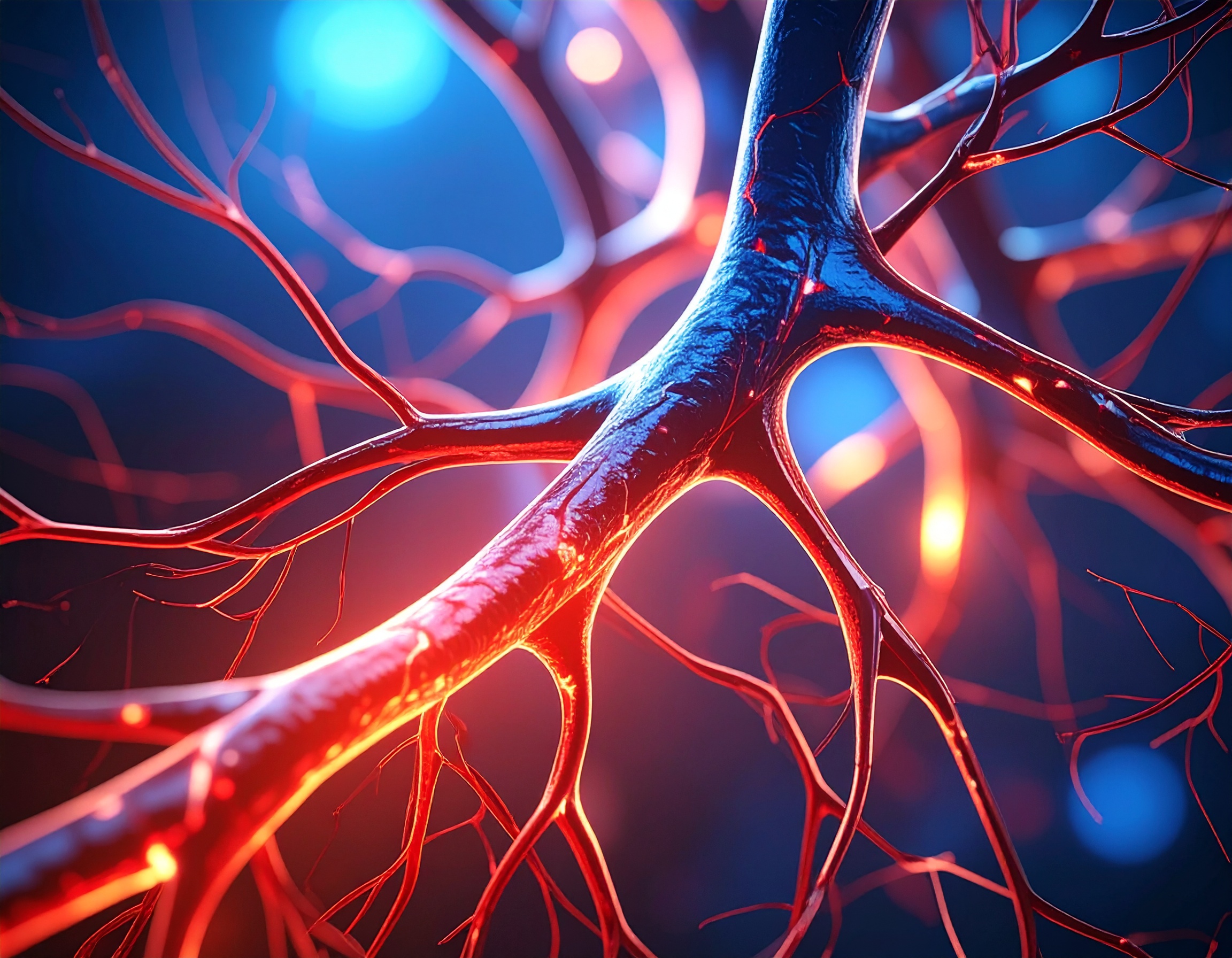
Endarterectomy
The narrowing in the artery is removed and the artery is closed with a patch of vein or prosthetic material.
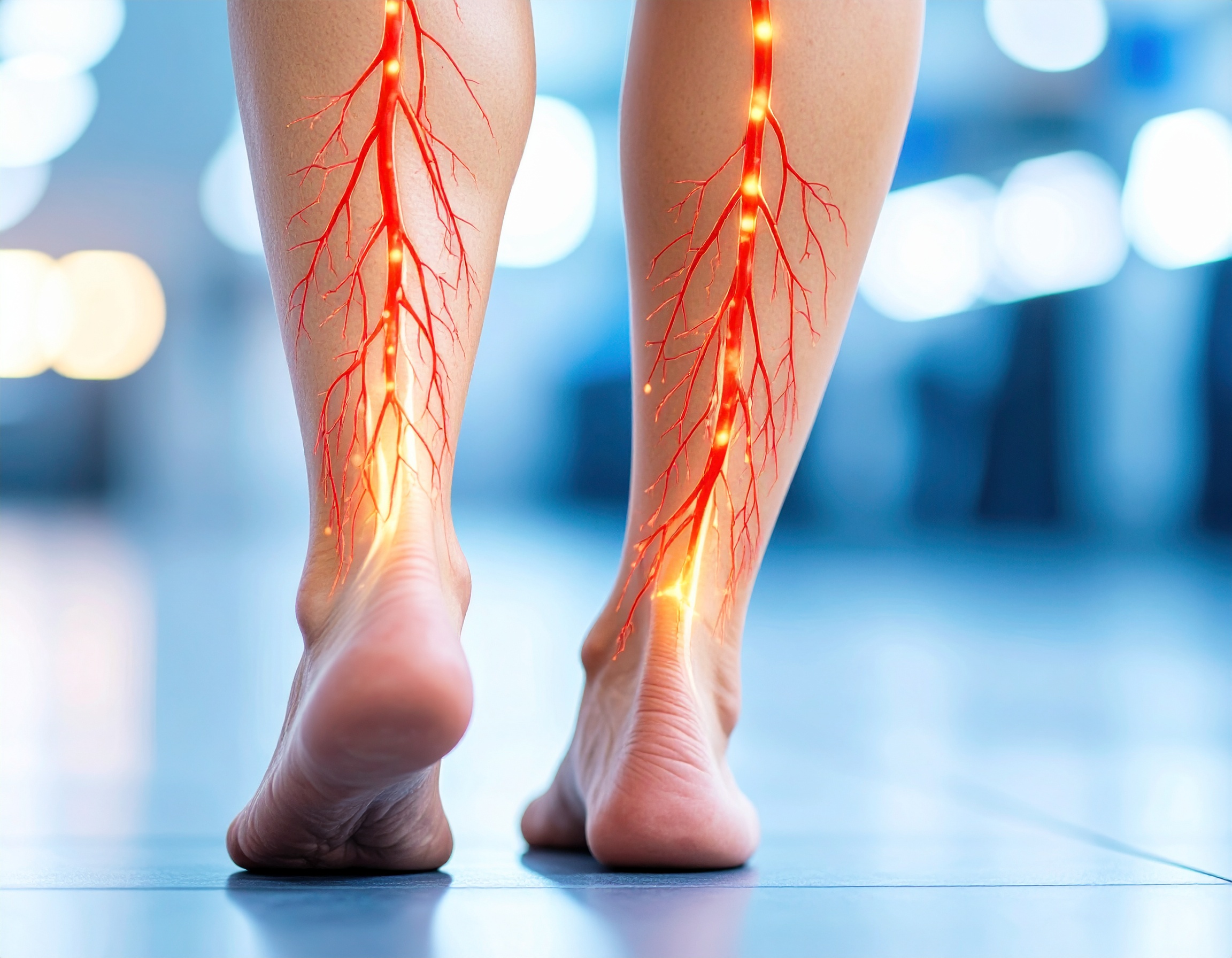
Bypass Surgery
The narrowing in the artery is bypassed with a vein harvested from the legs or arm, or with a plastic tube.
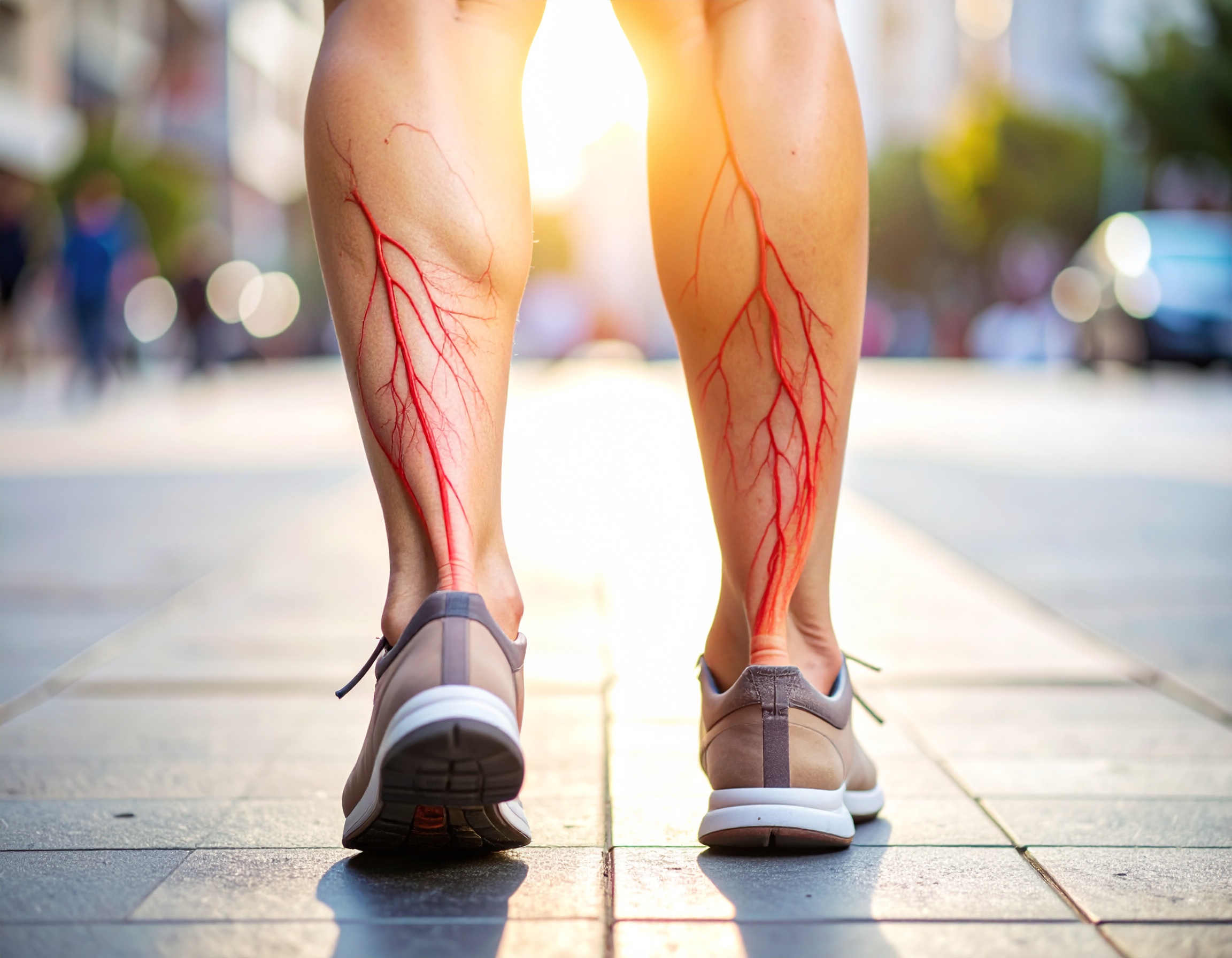
Comprehensive PAD Care
From conservative management to advanced surgical intervention
Expert Peripheral Vascular Care
Dr Lemech provides comprehensive peripheral vascular disease management from early detection to advanced surgical treatment. Restore your mobility and prevent complications with expert vascular care.
